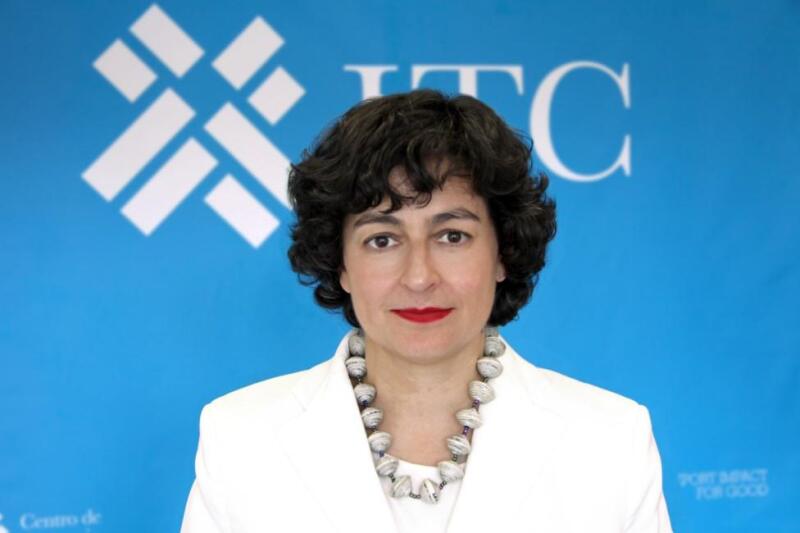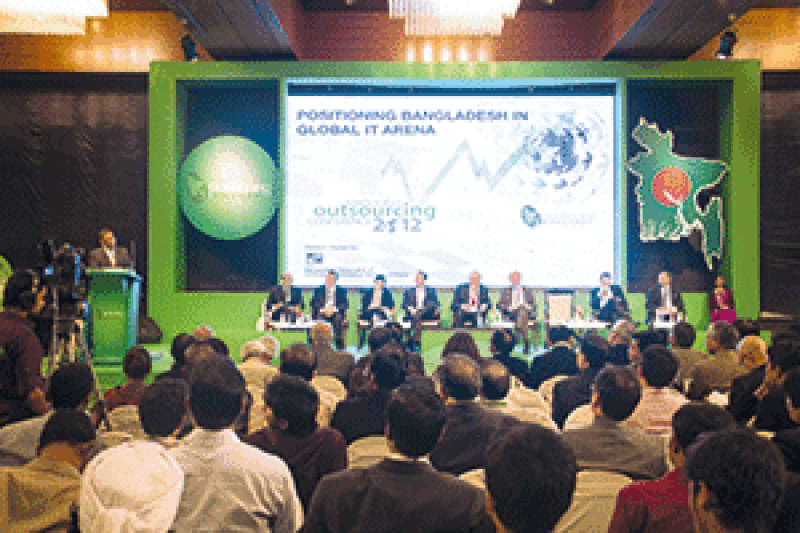
Economists have a theory about how brands create value: producers know much more about the true nature of their goods and services than do prospective customers. Such “asymmetries of information” create a potential barrier to purchase. Brands help to reduce this asymmetry by communicating a credible signal of quality. Built over many years, the value of a brand is linked to its reputation, which in turn is a function of its notoriety and perceived quality. In the simplest theories, rational consumers are willing to spend more on brands due to their lower search costs: the trust generated by a brand means that less time and resources are necessary in the search for alternatives.
Brands are typically more profitable but require the producer to invest in continuous improvement and innovation in order to maintain a recognisably different product from generic competitors.
“Information asymmetries” also exist in the trade between nations, and are a potentially significant barrier to the international promotion of goods and services from poor countries. Many of the least developed nations are also the most remote or isolated – single island states or land-locked countries that have historically found themselves far from economic trade lanes. Geographical distance or other trading barriers result in a lack of familiarity with the country, its culture, standards and its goods and services.
The rise of the internet has created a unique opportunity to redress the isolation of producers in the world’s poorest countries: the distance between a buyer and a seller has been reduced to a simple Google search. Despite this easier access to buyers, however, the asymmetries still apply: brands from developed countries generate a following on the internet which reinforces their dominance in international markets. Addressing this imbalance will require producers from the developing world to develop and support their own brands, and build presence in digital channels.
This is why the role of branding is critical for ITC in helping enterprises from developing and least developed countries increase their exports and draw wider benefits from international trade. Just like for individual enterprises, we believe that for developing countries, too, it is possible to initiate a positive cycle of higher returns, investments in quality and a commitment to sustainability.

Recently, ITC worked with the information technology sector in Bangladesh to help local suppliers overcome negative perceptions toward the country among potential buyers in Europe. United under a brand of “Bangladesh Next!” a marketing campaign (left) sought to position the country as a competitive alternative for high-tech outsourcing and away from the common image of Bangladesh as a base for low value manufacturing. The majority of participating companies completed significant new long term deals as a result.
ITC is now working in Zanzibar, Tanzania to conduct the first product-related experimental phase branding for cloves. Our aim is to see how we can increase the value creation and value capture enhancement at country level. Our best estimate is that we can increase the value creation on the island up to 30 times the current commodity traded value for cloves.
The effect of country branding remains more diffuse and less easy to evaluate in terms of its return on investment. Nevertheless, developing countries see the value of improving their image: to change perceptions not merely as new destinations for tourism, but to stimulate exports and inbound investments. In the last five years Peru has invested in a widely admired branding campaign, principally through digital media. One million Facebook “likes” to its credit and holding awards and viewing records for its promotional videos on YouTube, Peru enjoyed its most successful year of exports in 2012 and a 50% increase in foreign direct investment during the campaign.
For such initiatives to be sustainable in the long term, the issue of ownership is key. Groups of producers need to have a common interest and share in the value created. The IP instrument of geographical indicators (GI) is receiving increasing attention from development actors: by favouring collective ownership of reputation based assets related to a defined origin, producers are united in the mission to improve long term adherence to quality standards. The number of GI initiatives sponsored by international development agencies around the world is multiplying. We support and encourage these investments, but signal that for trade marks and GIs to have any value, there must be customers willing to pay for them. For that to be the case, brands need to be developed in which the international consumer expresses confidence. At the country, sector or product level, branding has a key role to play in the development of international trade with the world’s poorest countries.
Arancha González is executive director of the International Trade Centre in Geneva. She will be taking part in a panel discussion, alongside Managing IP’s James Nurton, marking the launch of WIPO’s 2013 World IP Report on Thursday November 14










